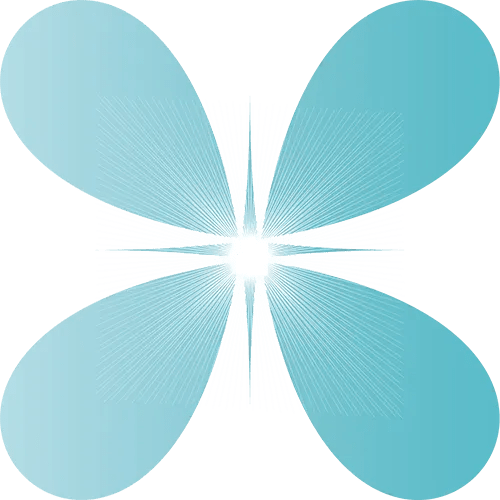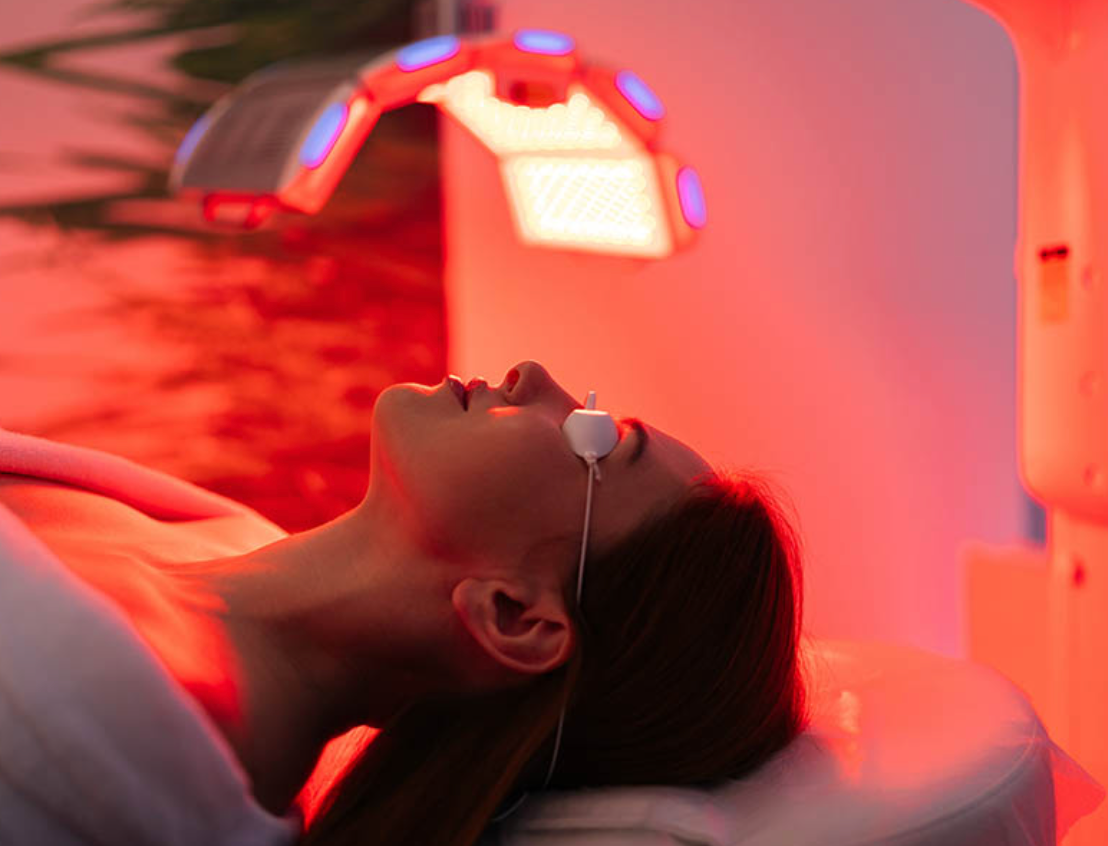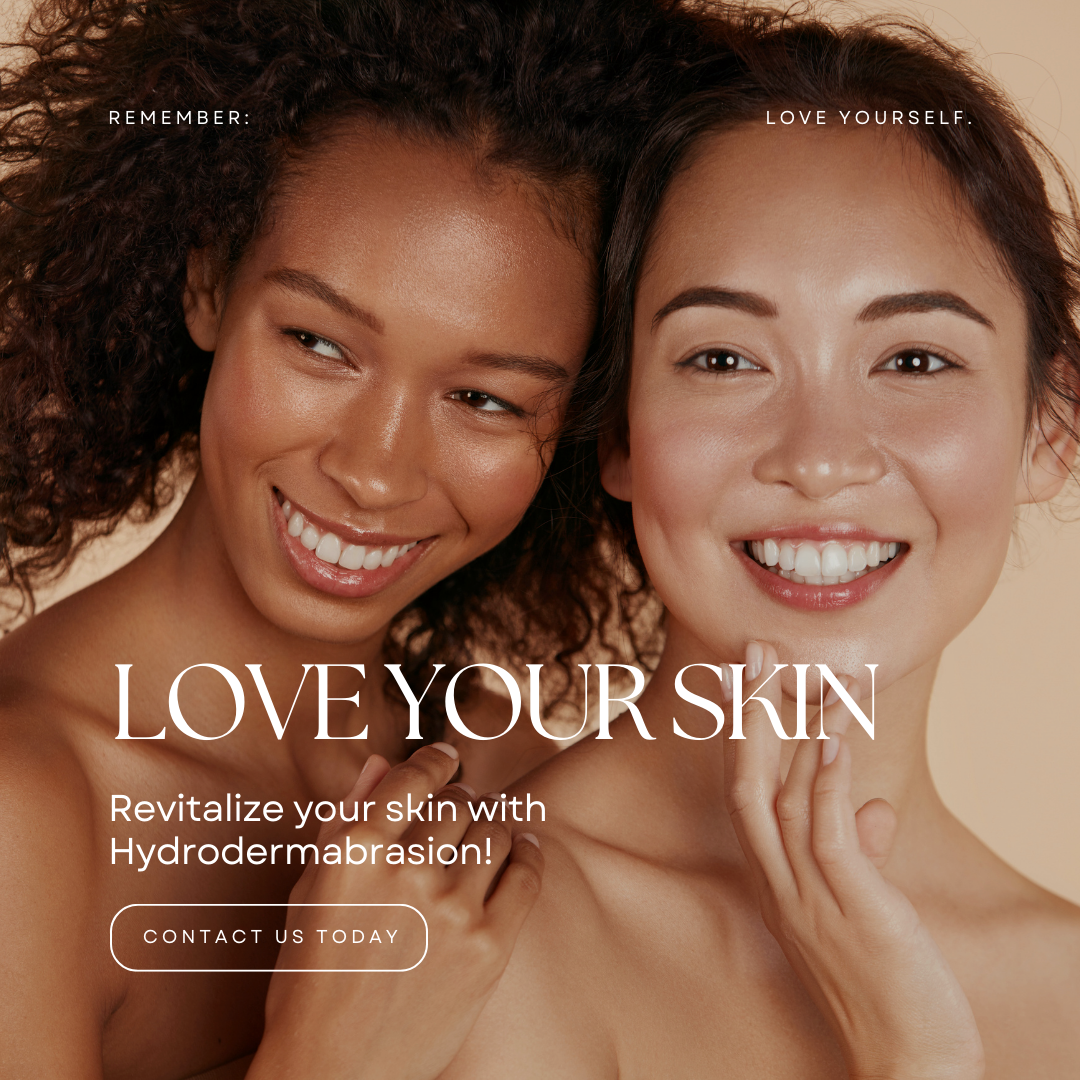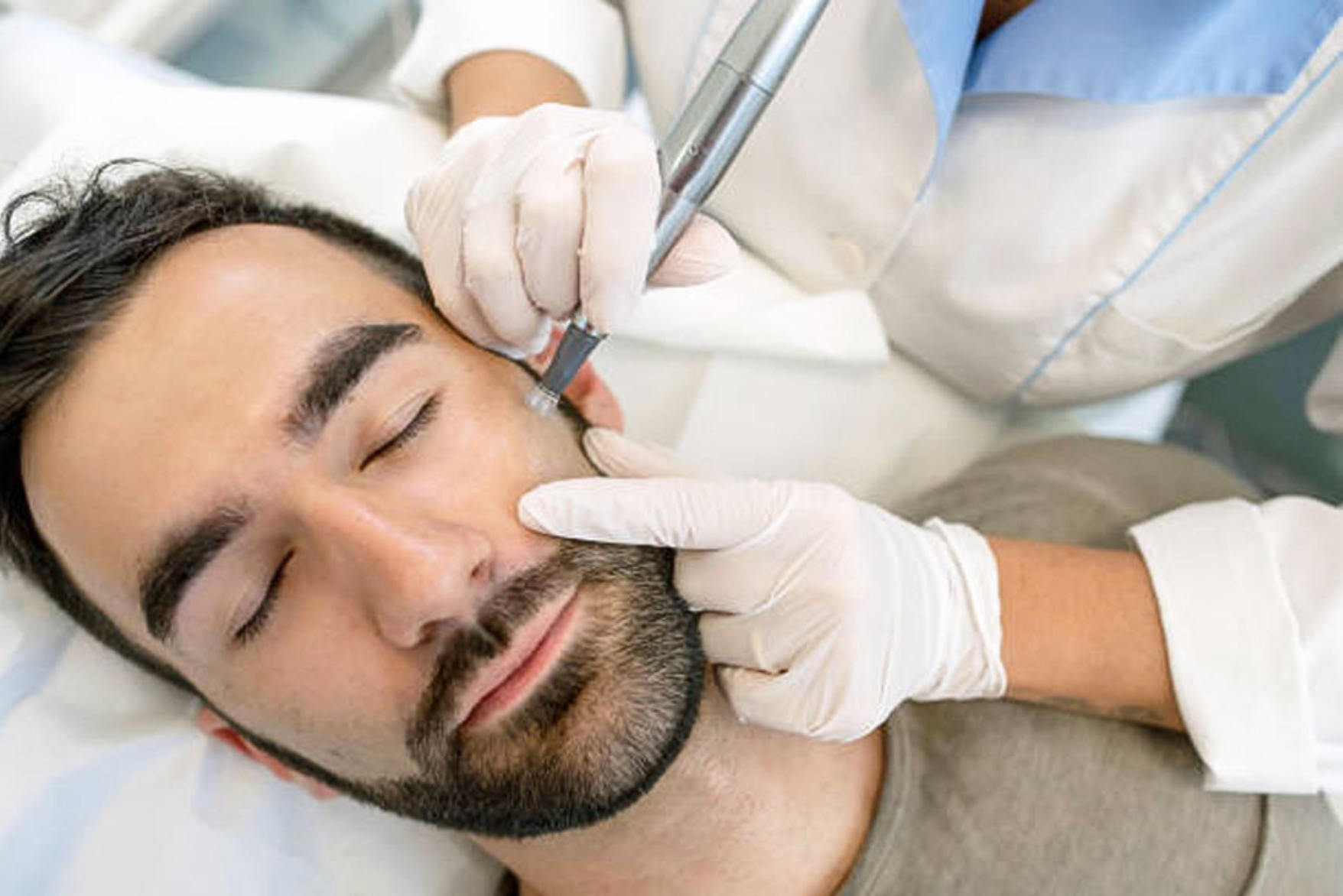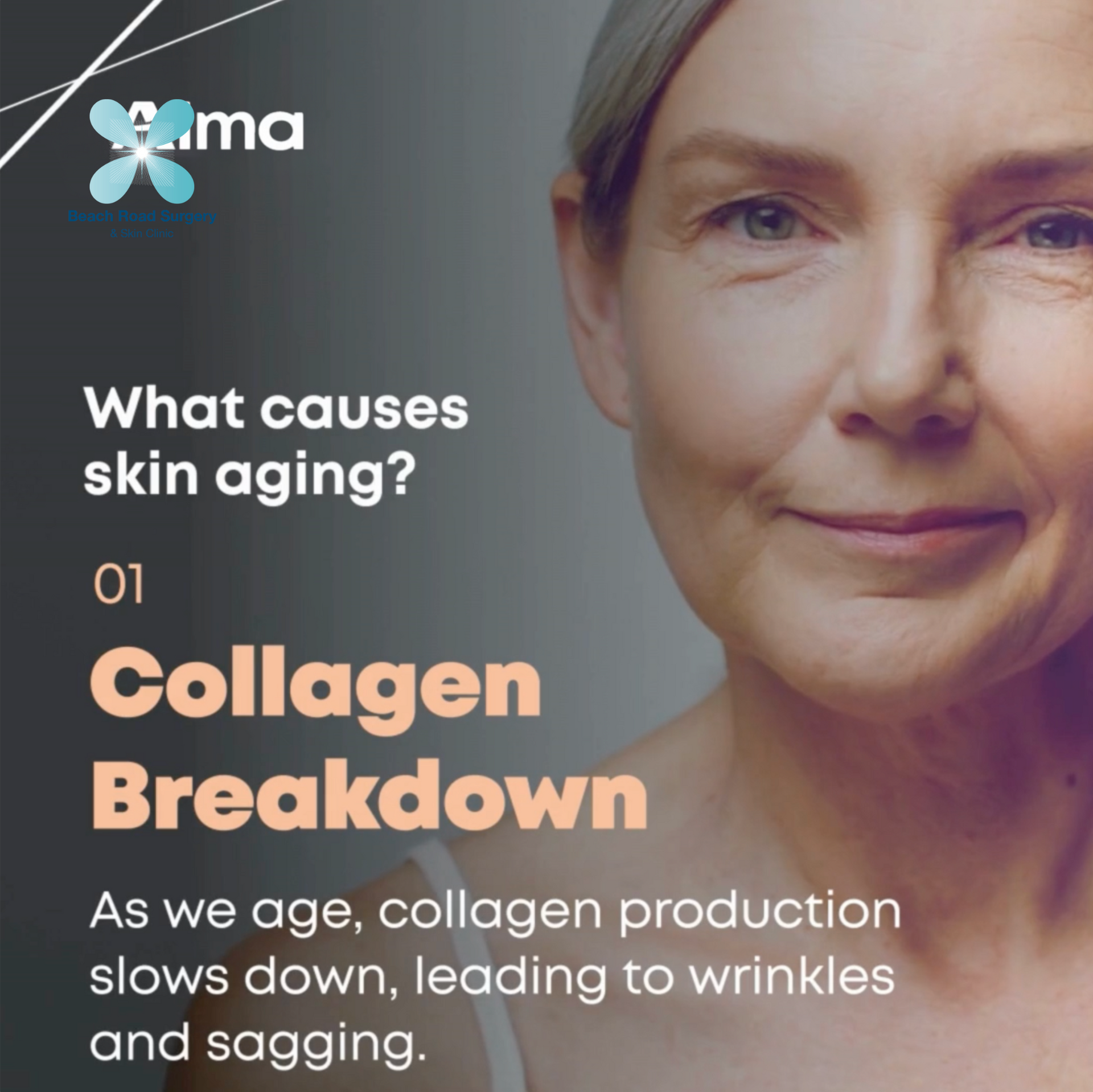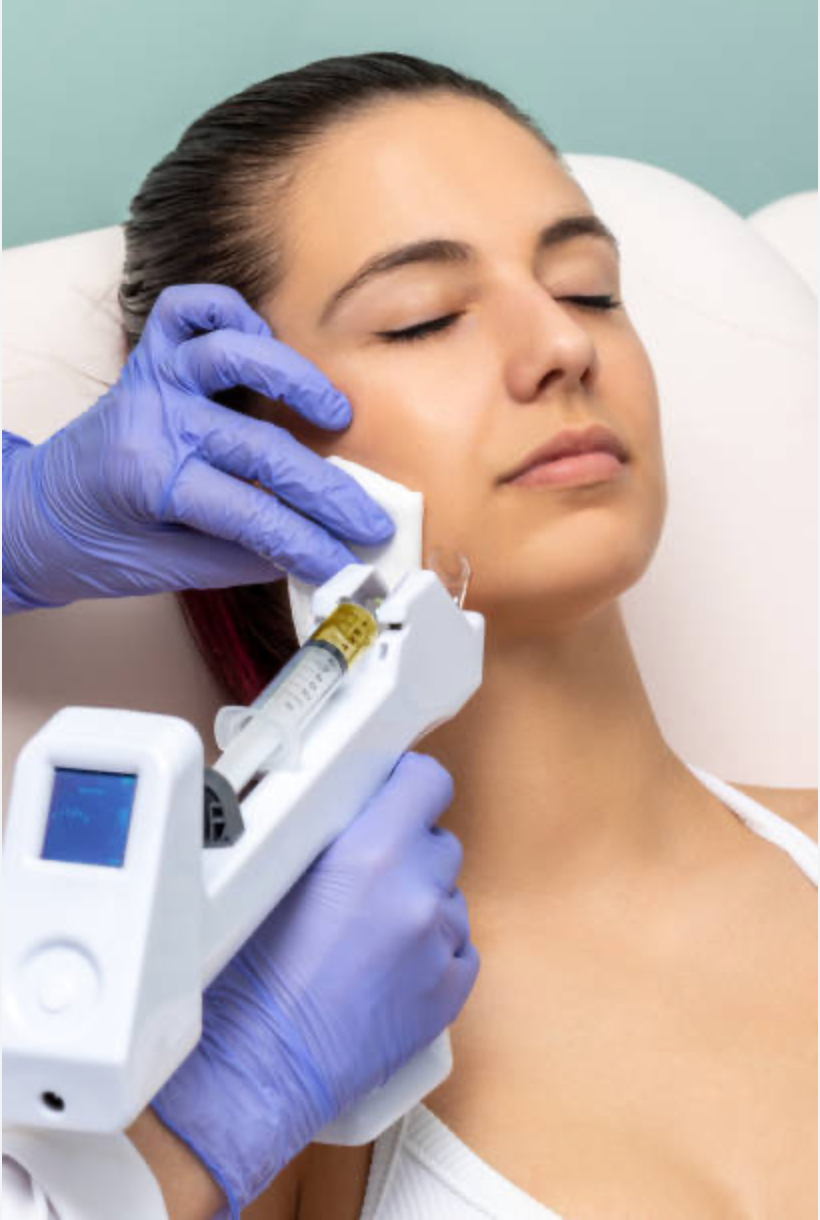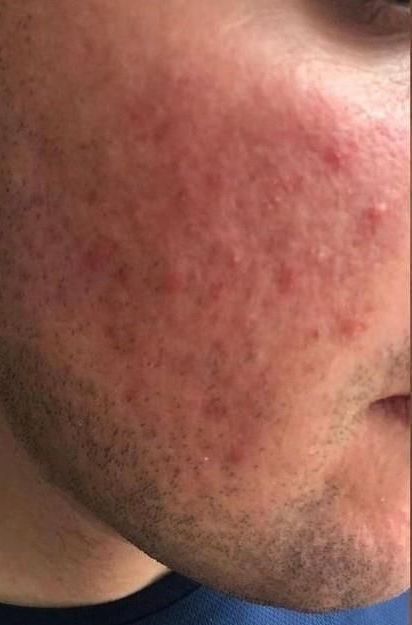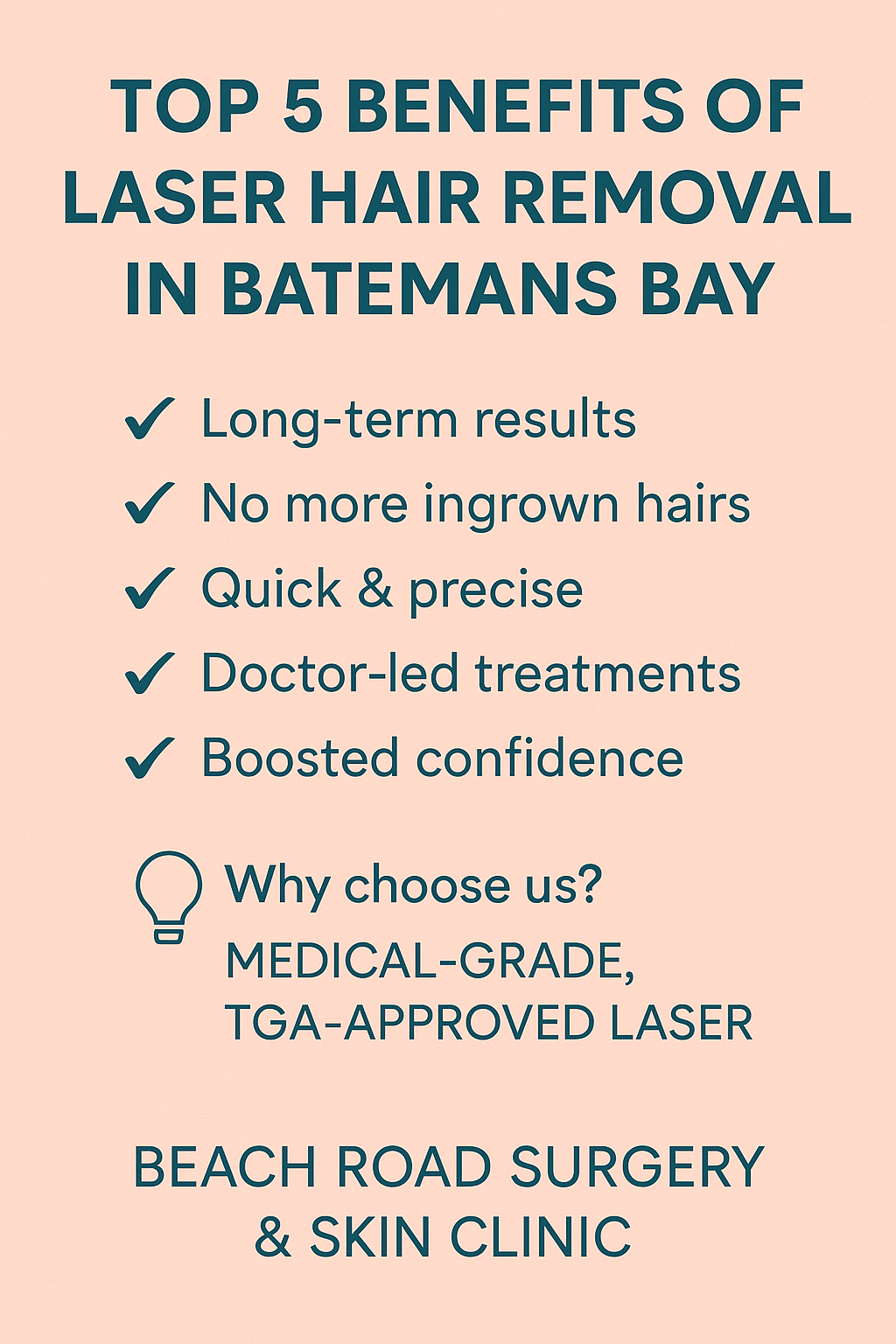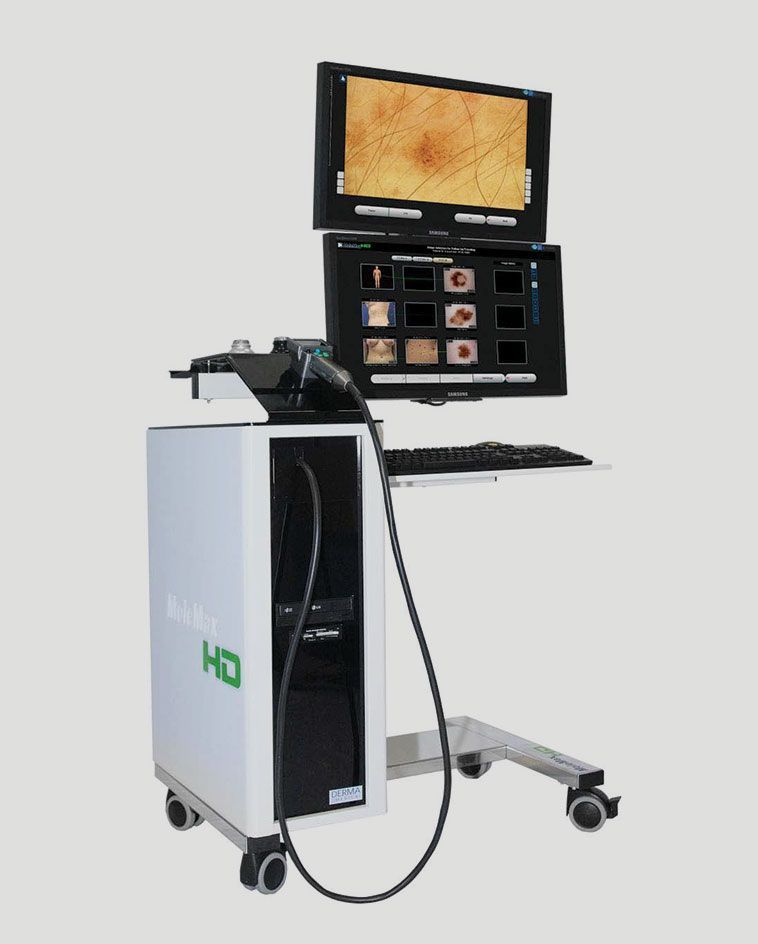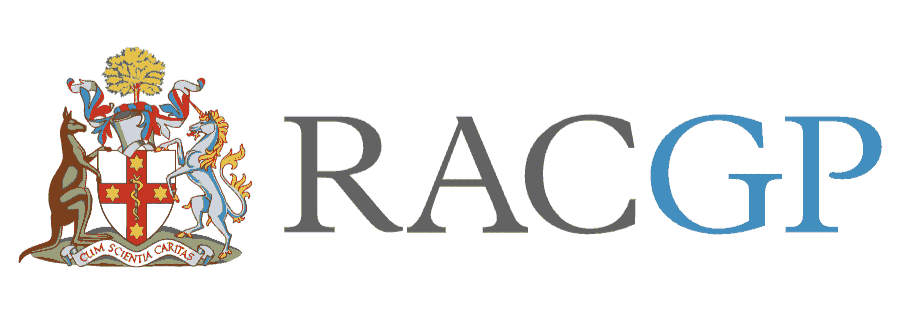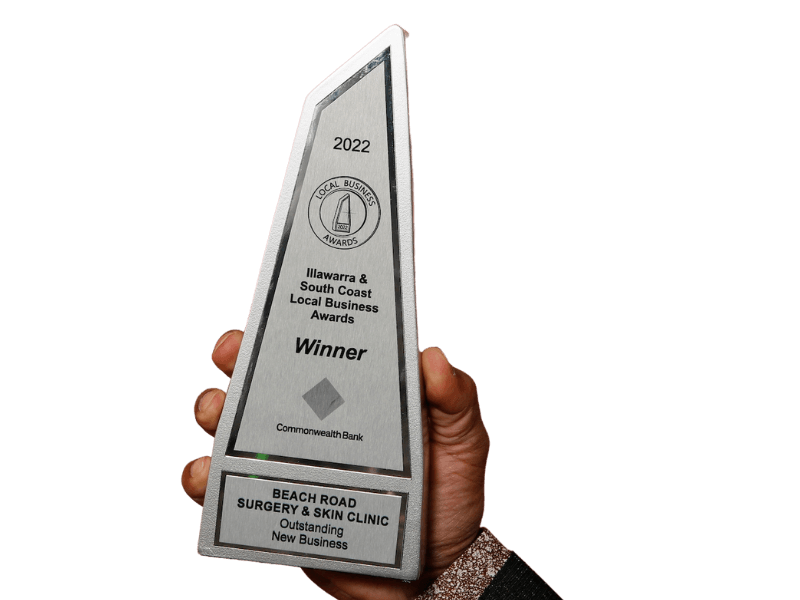Australia has the highest skin cancer rate in the world. Even more, Skin cancers are one of the most common types of cancer diagnosed in Australia. Almost every two in three people are diagnosed with some skin cancer before the age of 70.
Common types of skin cancers:
However, there are different types of skin cancers being diagnosed in Australians. Let's get to know about the most common types of skin cancers you must know.
So, here we go:
1. Basal cell carcinoma
Basal cell carcinoma, shortly known as BCC, is one of the most common skin cancer types. However, at the same time, it is the least dangerous as well.
It appears as a flattened or round scaly or lump spot. Usually, the colour of this spot is pale, red, or pearly. Often time, it may bleed, become ulcerated, and don't heal for longer. However, remember that it grows slowly over the months and even years.
2. Squamous cell carcinoma
Squamous cell carcinoma, shortly called SCC, starts in the epidermis squamous cells. It is making up to 30% of non-melanoma cancers. However, it tends to grow faster than BCC over weeks and months.
Well, it most commonly appears on the body parts which are exposed to the sun most often. Also, it is usually tender to touch and maybe inflamed or bled as well. Overall, this type of skin cancer is common among older people.
Basal cell carcinoma and Squamous cell carcinoma are traditionally called non-melanoma skin cancer or NMSC and are now called keratinocyte skin cancers.
3. Melanoma
This type of skin cancer starts in your skin's melanocyte cells. It is making up to 2% of entire skin cancers. Even though it is a less common type of skin cancer, it is the most serious one. Melanoma can develop and spread to other body parts, including lungs, bones, liver, lymph nodes, etc., very quickly, mainly if not diagnosed earlier.
The earlier the Melanoma is diagnosed, the most effective and successful treatment is likely to be.
Key statistics about skin cancers diagnosed in Australia
The rate of skin cancer development is pretty high in people who are living in Australia.
- Approximately 980,000 new cases of SCC and BCC are being treated here every year.
- BCC can be developed in young people. However, it is more common in people who are aged above 40.
- While at the same time, SCC can occur in people aged above 50 more commonly.
- Even more, above 13,000 people are being diagnosed with Melanoma every year in Australia.
- Overall, Australia and New Zealand have the highest rate of development of Melanoma worldwide.
Verdict
However, whichever type of skin cancer it is, an early diagnosis can help you to save yourself easily. So, it is always highly recommended that if you notice any change to your skin, please visit a doctor trained in skin cancer management as soon as possible. Let your doctor examine you and suggest you the proper treatment as per your condition.
